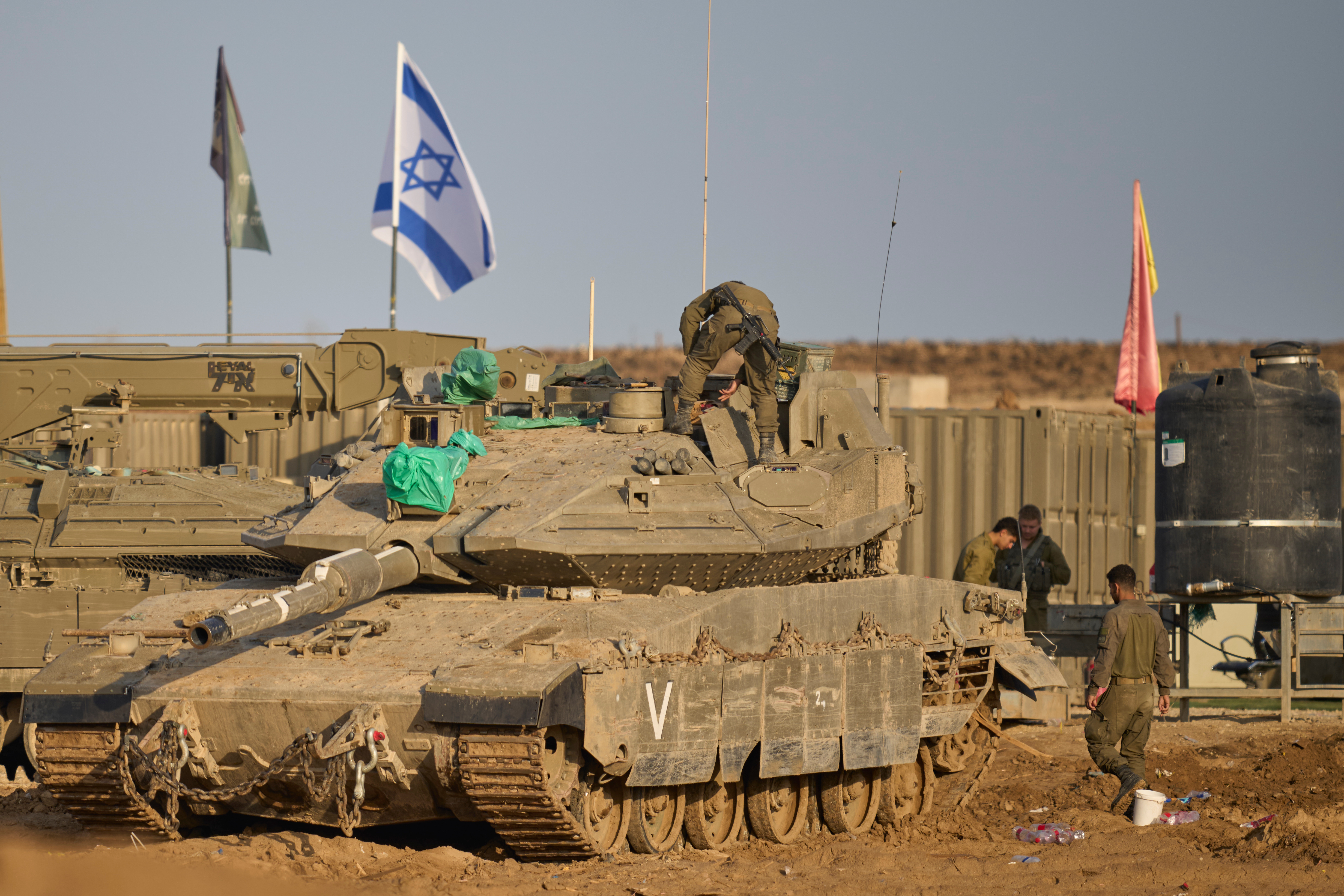What's Happening?
On November 15, 1988, the Soviet Union launched the Buran orbiter from the Baikonur Cosmodrome, marking a significant achievement in space exploration. The Buran program was initiated in 1976 as a strategic
response to the American space shuttle program, with concerns over potential military applications. The Buran orbiter was designed for both military and civilian objectives, including antisatellite and antimissile capabilities, as well as resupplying the Mir Space Station. The program developed 230 new technologies and featured a fully recoverable Energia booster capable of lifting 100,000 kilograms to orbit. Buran completed a single, unmanned, fully automated 206-minute orbital flight, performing two orbits under remote control. Despite its operational success, the program was discontinued due to its colossal expense and the dissolution of the Soviet Union in 1991. The orbiter and its rocket were ultimately destroyed in a 2002 hangar collapse at Baikonur.
Why It's Important?
The Buran orbiter's launch represented a major technological achievement for the Soviet Union, showcasing advancements in automated spaceflight and booster technology. The program's discontinuation highlights the challenges of sustaining large-scale space initiatives amid political and economic shifts. The Buran's capabilities demonstrated the potential for unmanned space missions, influencing future developments in space exploration. The collapse of the Soviet Union and the subsequent end of the Buran program underscore the impact of geopolitical changes on scientific and technological progress. The destruction of the orbiter in 2002 marked the end of an era in Soviet space exploration, leaving a legacy of innovation and ambition.













